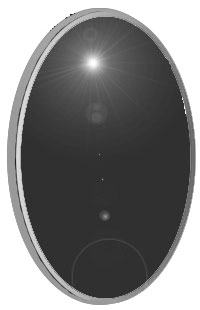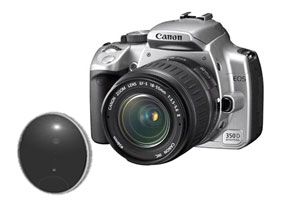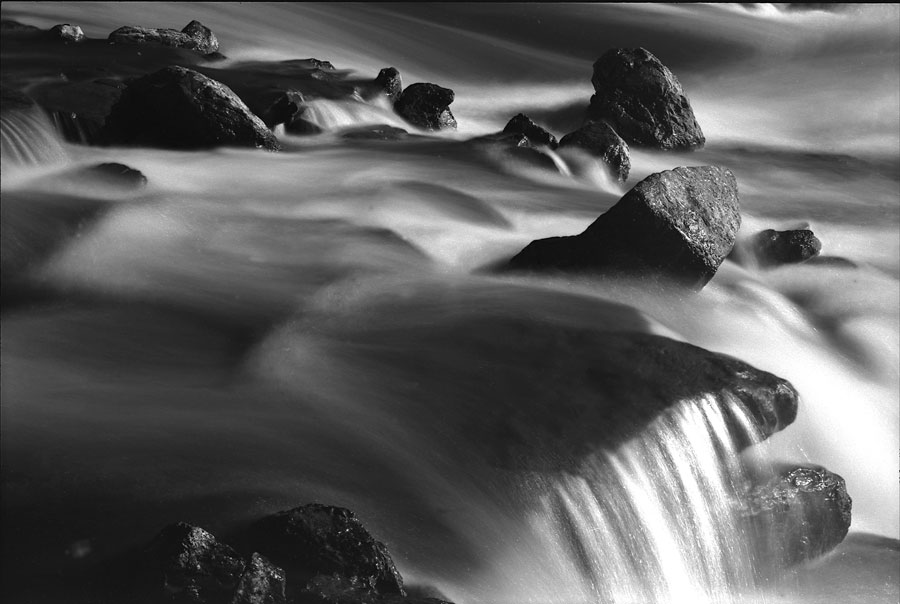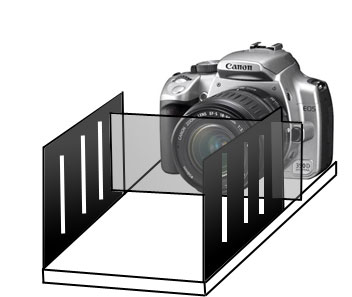Neutral density Filters
Neutral Density filters are used to restrict in a controlled manner the amount of light entering the camera with out effecting the colour spectrum. In a sense they are like a piece of smoked glass that blacks the light. They can be used for variety of reasons.
1. to adjust the aperture while leaving the shutter on the same speed (this might be used to use a wider aperture and decrease the depth of field in the scene)
2. to lower the shutter speed while leaving the aperture on the same setting (this might be used to give a longer exposure to show movement of the subject through blurring) This is commonly used for images of flowing water like the ocean or a river.
While various densities are available
3, .6 and .9 - These correspond to 1, 2 and 3 stops light reduction respectively and are sometimes represented as x2, x4 and x8.
 |
Generally they come as 2X, 4X and 8X
|
Filter
|
2X ND
|
4X ND
|
8X ND
|
|
Restricts light to
|
50%
|
25%
|
12.5%
|
|
reduces aperture or shutter speed by
|
1stop
|
2 stops
|
3 stops
|
|

mouse over to view roll over image |
The filter simply screws into the thread on the end of the lens |
 |
I used a 2x 4x and 8x Neutral density filters combined to allow an extended exposure of several minutes in full daylight for some of the images in the Last Rivers Song Project |
 |
Its also possible and far less expensive to work with a piece of tined or smoked glass over the lens than to buy a manufactured filter that screws onto the lens.. This works great with B&W film. You can make a structure that the camera bolts onto that holds a series of smoked glass sheets. Each sheet of glass sides through an opening.
|
You might want to balance light intensity between two areas within a scene, perhaps a bright sky and a darker foreground. Exposing for the foreground will produce a washed-out, over-exposed sky, exposing for the sky will leave the foreground dark, underexposed. Part clear, part neutral density filters are available, with a smoothly graded transition between clear to the ND section of the filter. This can be rotated to allow the area where the bright light is - the sky to sit where the ND area of the filter is and the clear area at the bottom.